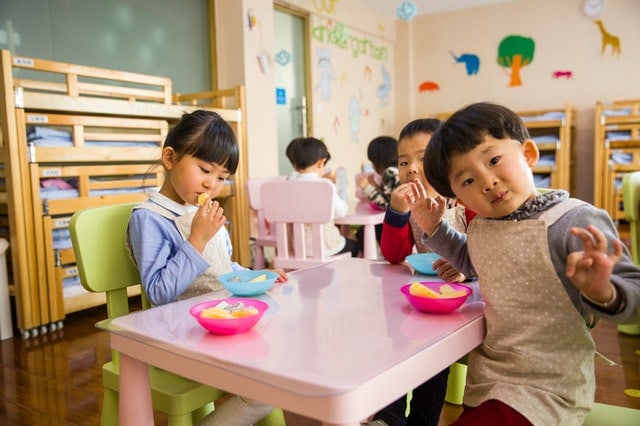An Individualized Education Program (IEP) is required for special education services. This legal document sets out your child’s learning needs and outlines the services the school will provide to address those needs. It will also describe how progress will be measured as well. It is a highly important document as it will set the stage for how your child will succeed in school.
Several people, including general education and special education teachers, a school district representative, and other specialists are involved in creating the plan. Parents also play a big role in creating the plan, which means you can help ensure that the program will be effective for your child. Some of the most important aspects of the IEP that you should consider are outlined below.
How Your Child is Doing in School Now: The PLOP
A statement of how your child is doing in school now is included as part of the plan. The “present level of performance” or PLOP is an essential starting point. It provides a baseline from which your child will learn and grow.
Creating a PLOP is based on current teacher observations and objective data, such as testing. It includes both educational skills as well as fundamental skills, such as socializing. The PLOP changes from year to year and should be adjusted accordingly.
An Outline of Special Education Services Provided
The IEP will also provide a general overview of the services that the school will provide to your child. It will detail both the educational services and any other accommodations that may be necessary to meet your child’s needs, such as bussing or having specialized nursing care, if needed. It will lay out how much time per week your child will have special services as well. For example, if your child needs speech therapy, the plan will set out exactly how many minutes of treatment he or she will receive.
Accommodations and Modifications
The IEP will also provide an outline of the modifications and accommodations that your child will receive. Although the concepts are similar, they are not quite the same. Accommodation is a change in how the child shows what he or she has learned. For example, having more time to complete tests is an example of an accommodation. A modification, on the other hand, is a change in what the child is expected to learn. It may involve changes in what your child will need to learn to move on to the next grade, for instance.
Annual Education Goals
Every year, your child should have new educational goals. These goals should be measurable and achievable. It is important to be realistic while also challenging your child. This includes both functional and pedagogical goals. Additional short-term goals may also be required, depending on your child’s unique needs.
How Your Child’s Progress Will Be Reported to You
Tracking your child’s progress yourself is also important. The IEP will set out how the school is expected to communicate with you regarding your child, whether that means periodic verbal reports or written quarterly reports, or both. As a parent, you can also have a say in how you would like information delivered to you and how often.
Creating an IEP that works will require input from many people. It takes significant time and effort to plan a practical and useful IEP.



